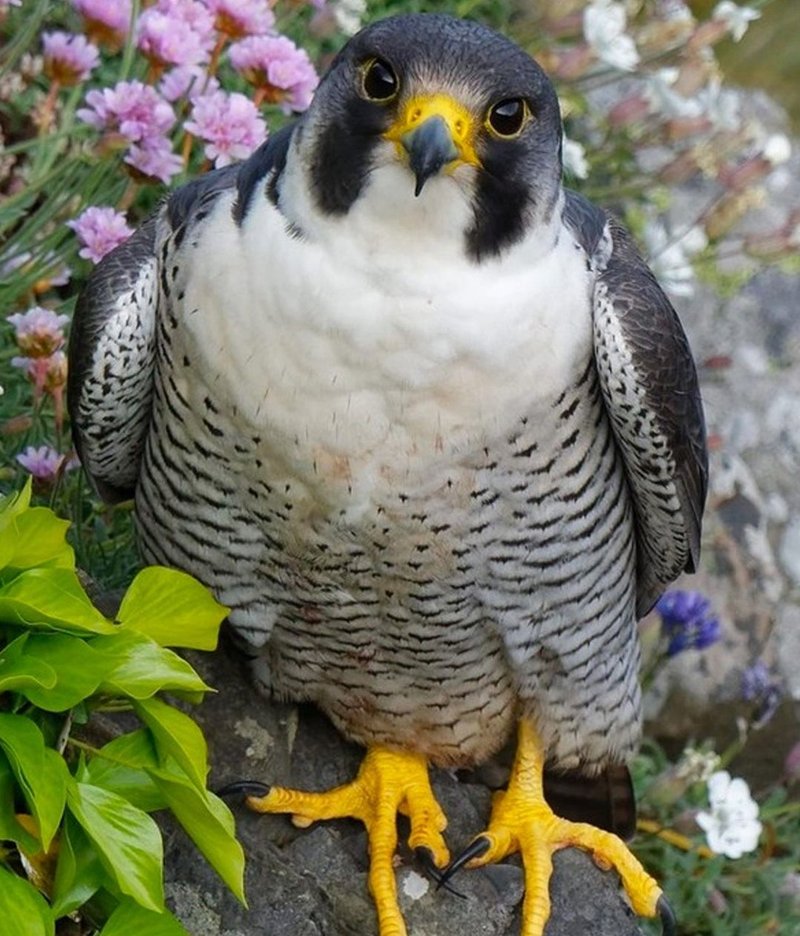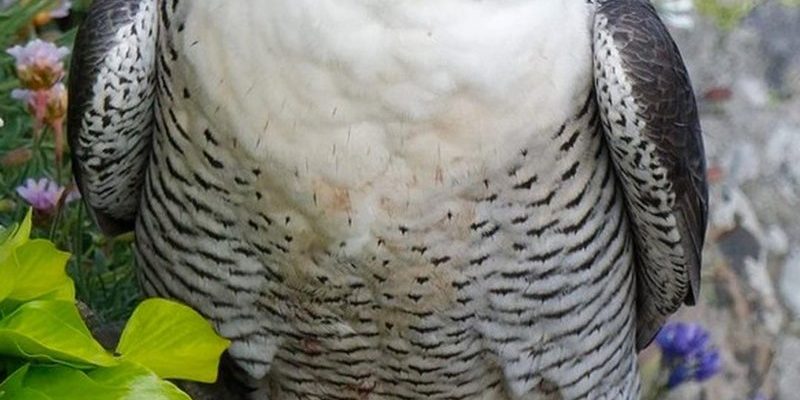
Let’s break this down in simple terms. While peregrine falcons are known for their incredible hunting abilities, they typically aren’t a threat to humans. They usually prefer to keep their distance from us. So, why do some people still feel wary? It’s important to understand the nature of these birds and the circumstances that might lead to a dangerous encounter.
What Makes the Peregrine Falcon Unique?
Peregrine falcons are known for their extraordinary speed and hunting skills. When they dive, they can reach speeds of over 240 miles per hour, making them the fastest bird in the world. This ability allows them to swoop down on their prey—usually smaller birds like pigeons or songbirds—before the target even knows what’s happening.
So, how does this speed translate into potential danger for humans? Well, it’s not about them being aggressive; it’s more about their intimidating presence. Imagine being a small bird and seeing a peregrine streaking towards you. It’s a sight that would make anyone freeze in fear! However, humans typically don’t fall into their prey category.
Do Peregrine Falcons Attack Humans?
Honestly, attacks on humans by peregrine falcons are extremely rare. These birds are more likely to view us as giants rather than a threat. Their first instinct is to escape rather than confront. Even in areas where they nest, you might notice them squawking or flying around, but they’re mostly just trying to protect their territory.
That said, there are instances when a peregrine might swoop down toward a human. This behavior usually happens during nesting seasons when they feel their young are at risk. If you accidentally get too close to their nest, you might see a parent falcon dive toward you, but it’s more of a warning than an attack. They want to scare you away, not harm you.
What Should You Do If You Encounter a Peregrine Falcon?
If you ever find yourself in the presence of a peregrine falcon, the best course of action is to remain calm. Here’s what you can do:
- Stay still: Moving suddenly might trigger the falcon to take a defensive action.
- Back away slowly: Give the bird space, especially if you see nests nearby.
- Observe quietly: Watching these incredible creatures from a distance can be a rewarding experience.
You might be wondering about their diet. Knowing what they eat gives you insight into their behavior. Most of the time, peregrines are focused on catching their feathered prey, not us. So, if you’re out hiking or enjoying nature, they’re more interested in that songbird flitting by than in you.
Are There Any Risks Involved in Falconry?
Falconry is the sport of training birds of prey, including peregrine falcons. While it can be an exhilarating hobby, there are inherent risks involved. For example, if proper safety measures aren’t observed, the falcon might inadvertently harm the trainer due to sudden movements.
However, with training and knowledge, these risks can be minimized. Falconers learn how to communicate effectively with their birds and understand their behaviors. So while it might seem dangerous to have such a powerful bird so close, a skilled falconer knows how to handle these situations safely.
How Can Peregrine Falcons Benefit the Ecosystem?
Understanding the role of peregrine falcons in the ecosystem shows just how vital they are. They act as a natural regulator of bird populations. By keeping flocks of smaller birds in check, they help maintain a balanced ecosystem.
This balance is important for many reasons:
- Food chain dynamics: By controlling prey populations, peregrines help prevent overpopulation.
- Biodiversity: Healthy ecosystems thrive thanks to the various roles each species plays.
- Indicators of environmental health: Peregrines can signal changes in the environment due to their sensitivity to pollutants.
So, while they may seem intimidating, peregrine falcons actually contribute significantly to the health of their habitats.
In summary, while it’s natural to be curious about the potential dangers of peregrine falcons, the truth is they pose little threat to humans. Their focus is primarily on hunting smaller birds, and they prefer to avoid confrontation with us. Understanding their behavior, respecting their space, and appreciating their role in our ecosystem can make us more informed and less fearful.
So the next time you catch a glimpse of a peregrine falcon soaring through the sky, remember: instead of fearing this incredible creature, embrace the wonder it brings to our world. Whether you’re hiking or simply enjoying a peaceful day outdoors, these birds are a remarkable part of nature’s tapestry.

